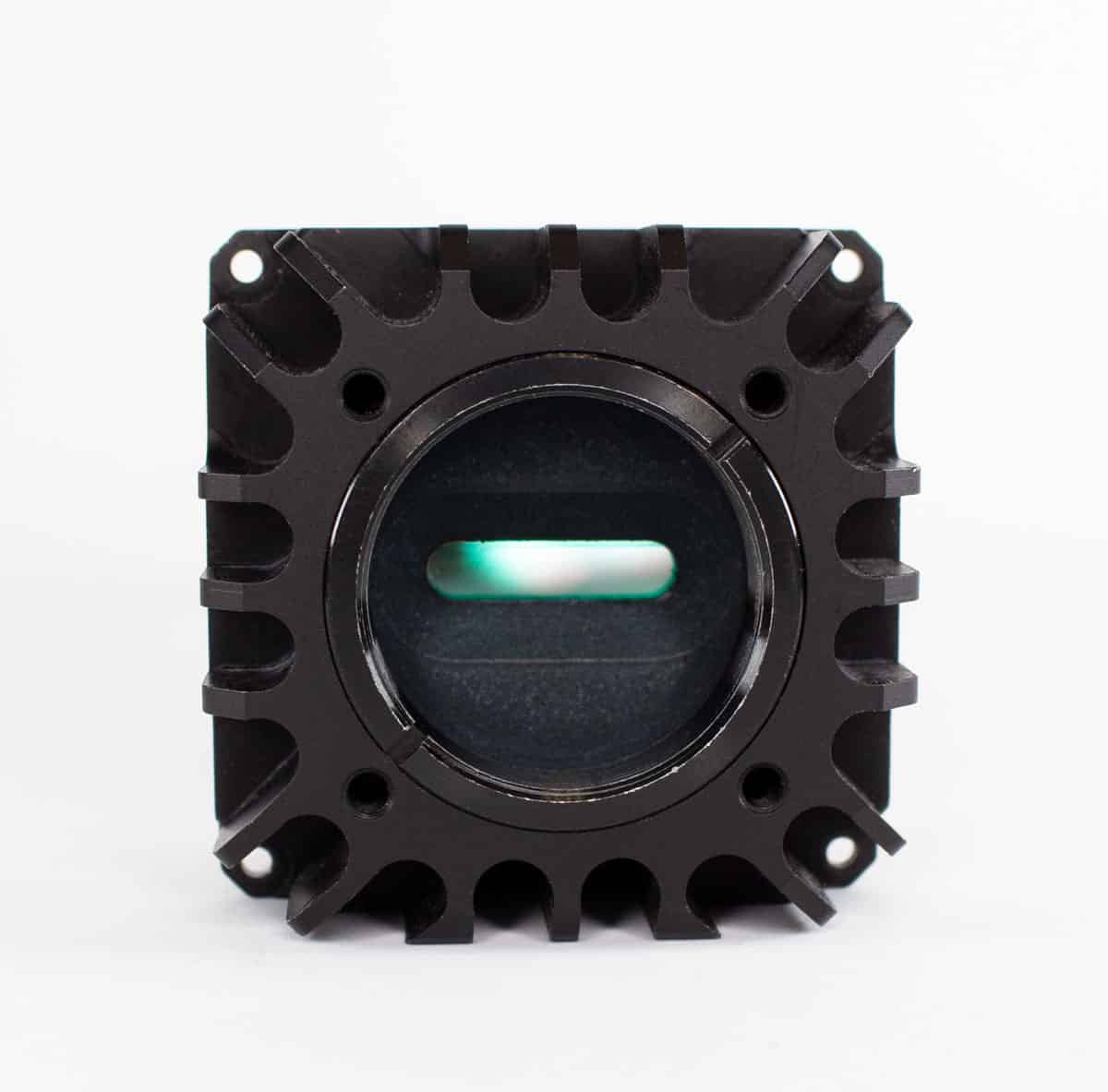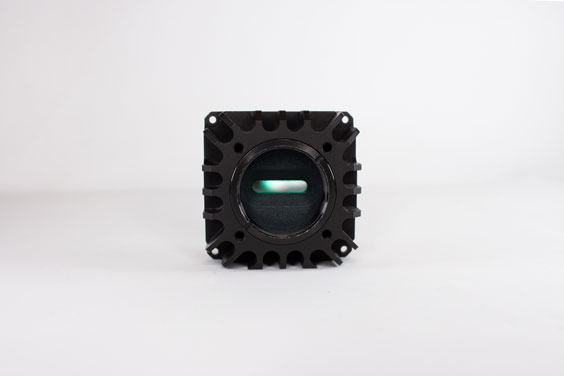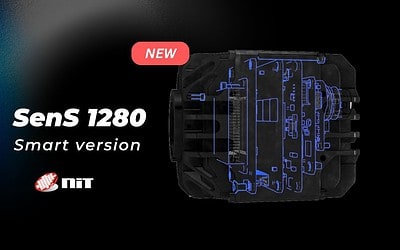NIT introduces the First Commercially Available SWIR InGaAs Sensor @7.5um pitch

New Imaging Technologies (NIT) is pleased to announce its first commercially available SWIR InGaAs component with a pitch of 7.5µm, resulting from several years of R&D developing in-house an innovative hybridization process.
This process, which does not use the classical indium bumps technique, allows manufacturing hybrid sensors with very small pitches with high yield at a reduced cost.
The first available component at 7.5µm pitch is a line array with the following characteristics :
- Pixel Number: 2048
- Pitch: 7.5µm
- Line speed: 60KHz @ full line
- Well Fill: 25 Ke-
- Readout Noise: <70e-
- Dark Current: 8 fA @ 15°C
This component and associated technologies will be presented during the OPTRO 2020 symposium on Thursday, January 30th @ 9h30 :
« End-to-end production line for Short-Wavelength InfraRed camera development: use case of a 2048 pixel 7.5 µm pitch line scan sensor «




